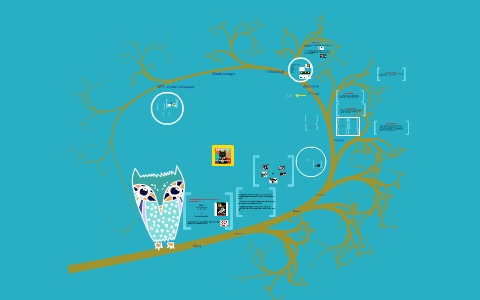How Did Technological Innovation Lead To Major Changes In Religion

In the realm of human civilization, the interplay between technology and religion has often been intriguing. Technological innovations have not only reshaped the way we live but have also profoundly influenced our spiritual and religious experiences. This article delves into the intricate relationship between technological advancements and religion, exploring how these innovations have catalyzed major shifts in religious practices, beliefs, and interactions.
1.Technological Accessibility to Religious Knowledge
Technological advancements, especially the proliferation of the internet and digital devices, have democratized access to religious knowledge and resources. Individuals now have unprecedented access to religious texts, teachings, and discussions from across the globe, transcending geographical boundaries and cultural barriers. Online platforms, such as religious websites, forums, and social media groups, have facilitated dialogue, learning, and exploration of diverse religious perspectives. This accessibility has empowered individuals to engage with religion on their own terms, fostering a more informed and personalized religious experience.
2. Virtual Worship and Community Building
The rise of virtual reality (VR) and live streaming technologies has revolutionized religious practices, particularly in the context of worship and community building. Virtual worship services, streamed live or pre-recorded, have enabled individuals to participate in religious rituals and ceremonies from the comfort of their homes. This accessibility has been especially significant during times of crisis, such as the COVID-19 pandemic, when physical gatherings were restricted. Moreover, online religious communities have emerged, providing a platform for believers to connect, share experiences, and offer support irrespective of geographical distances. These virtual communities have fostered a sense of belonging and solidarity among believers, transcending traditional boundaries of space and time.
The digital age has redefined the landscape of religious expression, allowing individuals to engage with their faith in innovative ways. Social media platforms, such as Facebook, Instagram, and Twitter, have become channels for religious expression, where believers share inspirational messages, personal testimonies, and religious artwork. Blogs and podcasts hosted by religious leaders or enthusiasts offer platforms for in-depth discussions on theological topics and spiritual insights. Furthermore, the advent of augmented reality (AR) and immersive storytelling technologies has enabled religious institutions to create immersive experiences, such as virtual pilgrimages and interactive exhibits, enhancing the spiritual journey of believers.
Conclusion
In conclusion, technological innovation has ushered in a new era of transformation in religion, reshaping religious practices, beliefs, and interactions in profound ways. From the democratization of religious knowledge to the emergence of virtual worship spaces and innovative forms of religious expression, technology has become intertwined with the fabric of religious life. As we navigate this ever-evolving relationship between technology and religion, it is essential to recognize both the opportunities and challenges it presents, ensuring that technology continues to enrich and deepen our spiritual experiences.




